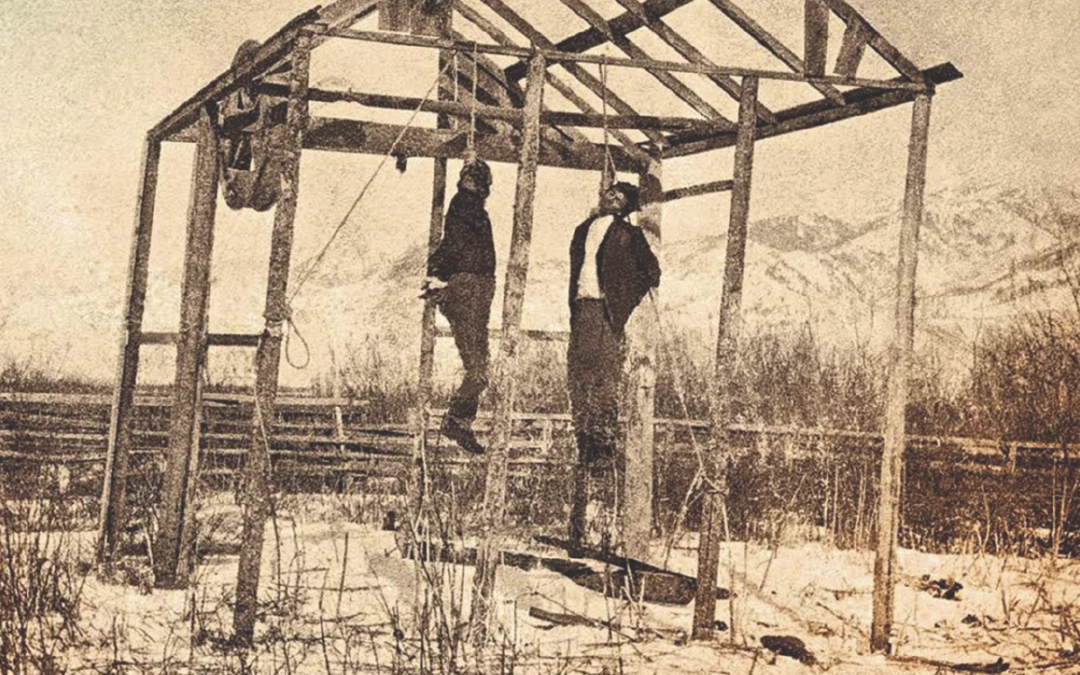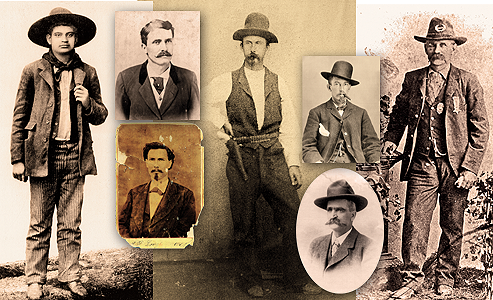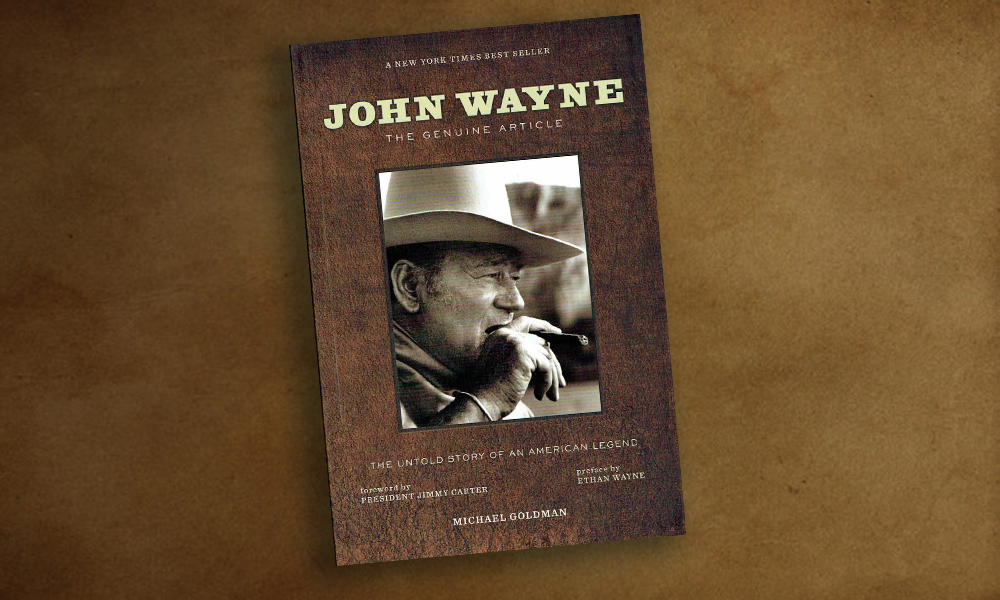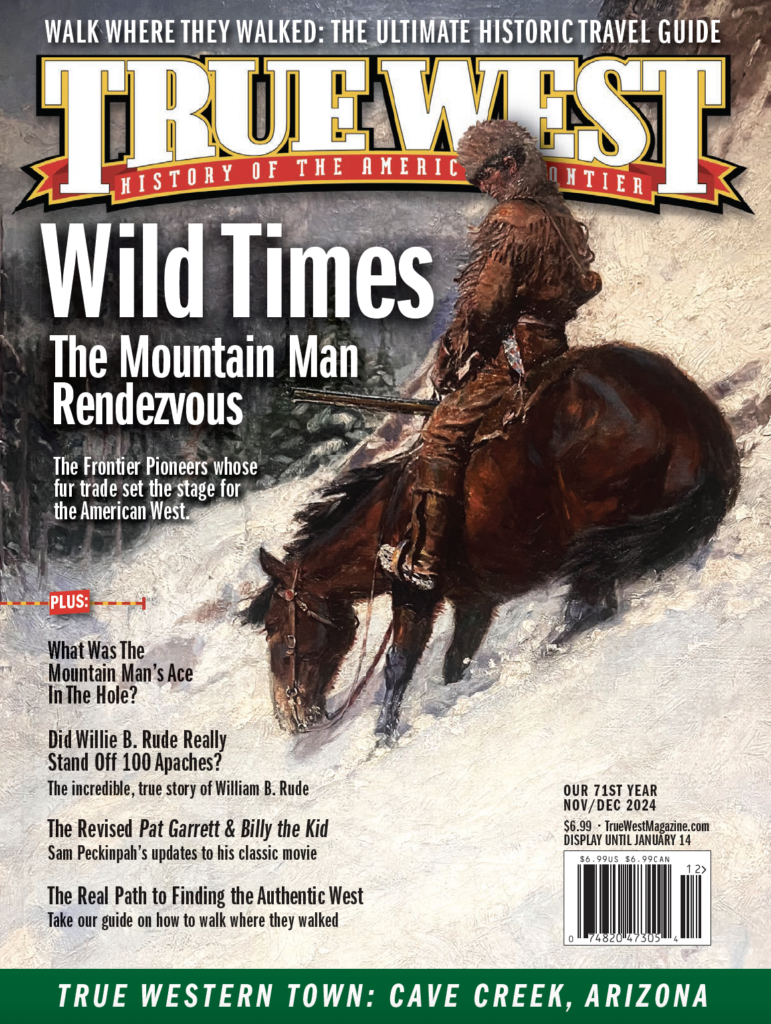How many times did John Wayne’s character die in his Westerns?
Jimmy Garcia
San Antonio, Texas
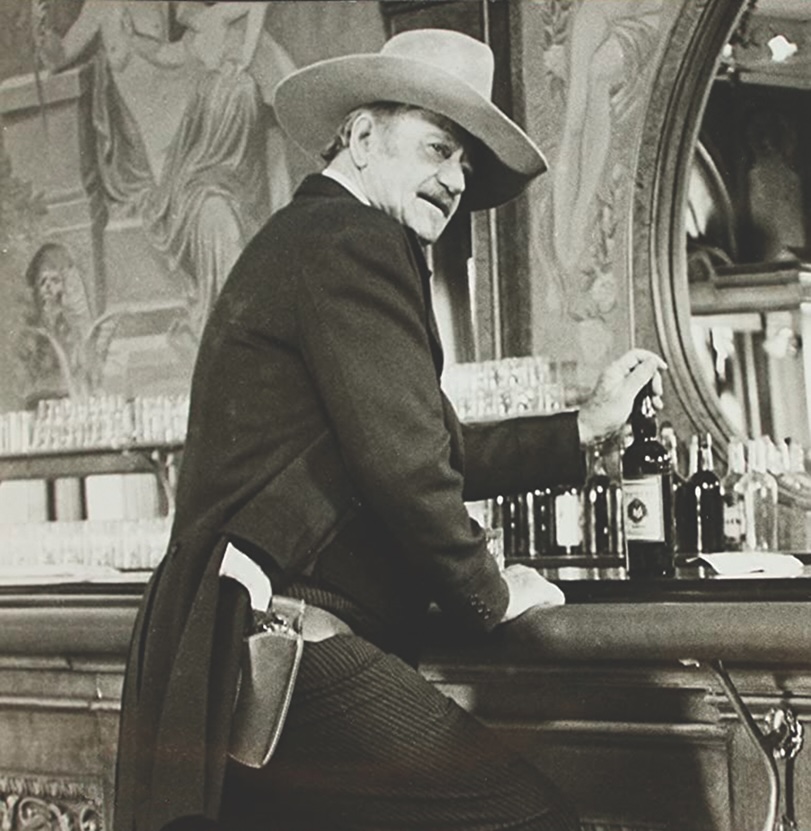
John Wayne’s characters died in only three Westerns, The Alamo in 1960, The Cowboys in 1972 and The Shootist in 1976. He died on screen in nine non-Western films; in five others, his deaths were off-screen or ambiguous.
What can you tell me about the Montana Vigilantes?
Frank Weatherby
Burbank, California
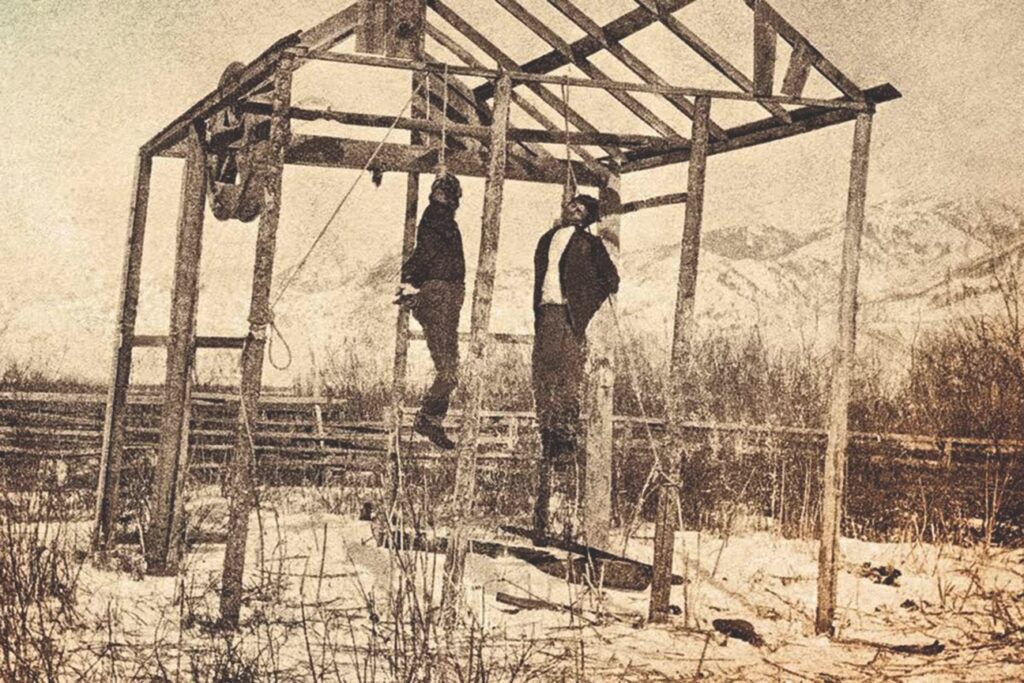
The big gold Montana gold strikes ran from 1862 through 1865, producing some $10 million in gold annually. It also attracted a number of outlaws, which led to the formation of the vigilantes and eventually gave rise to the formation of a government in Montana.
Henry Plummer arrived around 1862. Well-liked by Montanans, he settled in Bannack and was elected sheriff, which gave him cover for his other occupation—leader of a notorious gang of outlaws known as the “Innocents.” The settlers of Bannack and Virginia City responded by organizing the vigilantes, who launched one of the most famous lynch-law campaigns in American history. They hanged up to 50 men over the years. Plummer was strung up from the gallows he’d built on January 10, 1864.
Did any of the Old West gunfighters wear glasses?
Willie Sloan
Augusta, Georgia.
Glasses were perceived as too “professorial” for those rough-and-tumble, devil-may-care types. They were hard to replace when broken and difficult to wear in the elements. But beyond that, most glasses just didn’t help very much and they weren’t available in many places. So even those shootists with bad eyesight didn’t get glasses.
Were lawmen of the Old West allowed to collect on rewards?
Richard Burns
Lincoln, Nebraska
Basically yes, lawmen could collect a reward for bringing in the bad guys. If he used a posse for the apprehension, he would share the reward with them.
Very few civilians made their living by collecting outlaw rewards. But for lawmen, rewards were pretty much essential to making a decent living.
How common were town shootouts, and would civilians react with excitement, indifference or fear?
Pete Hale
Orange Park, Florida
Street fighting was about as rare as horseflies in December. It’s more of a Hollywood creation. In localities without gun laws—and most did prohibit carrying in town—you’d see some gunfights in saloons or gambling houses. Alcohol was usually involved.
Frankly, the best way to be a survivor or come out a winner was to get the other guy before he got you. So, ambush, bushwhacking or back shooting were more common than stereotypical gunfights.
What equipment did the pioneers carry to keep their wagons rolling?
Greg Williams
Apache Junction, Arizona
Joseph Murphy began producing wagons for the traders headed west from Missouri to Santa Fe and later for the overland emigration. His wagons became the best known on the Western trails. Murphy’s wagons consisted of wheels, running gear, a box and a cover. They were usually nine feet high with a 12-foot-long bed. The bed of a Murphy wagon had a straight box, unlike its more famous counterpart, the Conestoga, which had a curved box. A Murphy could comfortably haul 1,800 to 2,200 pounds. Straying too far above these load weights could risk serious problems. Broken axles from ruts in the trails were a major problem, but many travelers brought along a spare, just as our automobiles are equipped with a spare tire. Without it, the wagon would be abandoned, and other travelers would assist the family.
Certain accessories and tools for making emergency repairs to a wagon were necessary to bring along. These included rope, brake chains, a wagon jack, extra axles and tongues, wheel parts, axes, saws, hammers, knives and a sturdy shovel.

